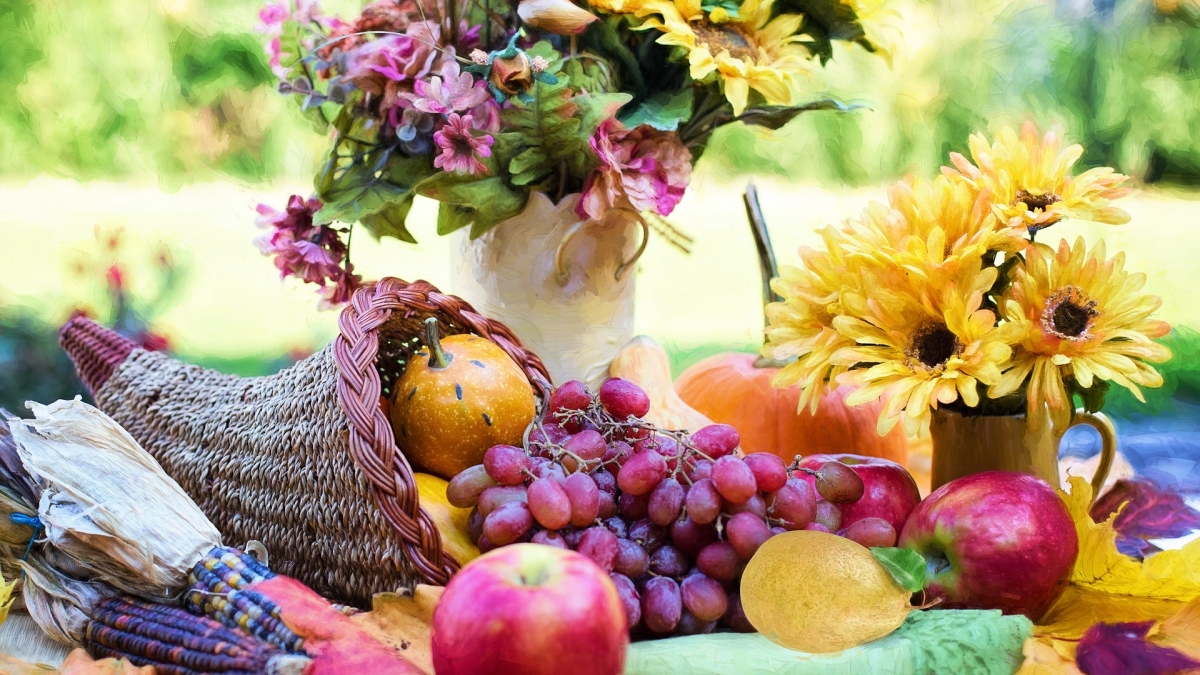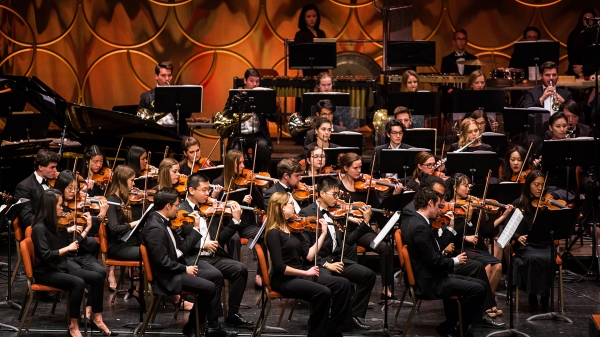3 global meals you likely won’t see on your table this Thanksgiving
ASU anthropologists recall the community feasts they’ve shared in the field — and they’re not your typical holiday fare

Thanksgiving time finds many of us thinking back to our fondest food memories. But what if the meal that sticks out most in your mind doesn’t feature a turkey and pumpkin pie?
For three anthropologists from Arizona State University’s School of Human Evolution and Social Change, their most memorable meals are a far cry from American tradition. These spur-of-the-moment, inventive community affairs happened while they were in the field — and they made an impact that these scientists will never forget.
To feed a village
“Undoubtedly it was the most food I have ever had the possibility to eat,” sociocultural anthropologist Pauline Wiessner said about her fondest food memory.
She’s referring to a season of field work in Namibia among the Kalahari Bushmen, during which two foreign hunters took a bull elephantElephant hunting is legal in Namibia under specific circumstances and licensing. and, following the laws of the country, the meat was distributed to the local people so as not to be wasted.
While some individuals and cultures may disagree with the hunting of such animals for sport, Wiessner knew the resulting meat played a very important role in the Bushmen community and was impressed with how they processed the elephant remains with both skill and reverence for the creature that had died. When they invited her to join in their meal as a valued guest, she respectfully accepted.
“That night we had a very big meal, boiling the meat in iron pots and feasting together while telling stories,” she said. This huge surplus of meat and the community gatherings it inspired came at the perfect time for Wiessner, who was there to study food sharing, social networks and stories.
“The meat traveled far!” she said.
What goes in the chorizo
Archaeologist Christopher Morehart has been making his own special chorizo recipe at every project site for the past 10 years. Is it traditional? Yes. Is it good? Even Morehart admits, it depends on your definition of the word.
“It’s high in fat and calories, and it’s pretty much only edible within the first couple hours of cooking,” he said.
Morehart, who primarily researches how political change affected ancient people’s use of the environment in Mexico, explains that his projects often include teams of around 10 people, leaving him with a lot of mouths to feed. To solve the dilemma, he invented a dish that students and project members jokingly refer to as “choriza sorpresa,” or chorizo surprise.
“Basically, I take a couple kilos of chorizo, cook it down in whatever frying pan is available, and throw in every vegetable we have in the field house,” he said.
Besides filling up a hungry research team, the dish has the added benefits of being easy to put together and slow to cook, giving Morehart plenty of time to work while dinner is on the stove.
ASU anthropologist Amber Wutich (center) dances with a Bolivian construction worker to celebrate the completion of the sports field. Photo courtesy of Wutich
Fish and friendships
After working all morning with a group of local women to help build a sports field for their community in Cochabamba, Bolivia, Amber Wutich watched them make lunch.
Each woman tossed an ingredient — lettuce, tomatoes, salt, rice, potato or eggs — onto a tarp to create a salad. Although the researcher had nothing to add, they invited her to eat with them.
Wutich, a sociocultural anthropologist and the director of the Center for Global Health, was there to study how water insecurity affects the way people share resources.
When she asked what she could bring the following day, they requested a special kind of canned sardine.
The next lunch, with the addition of her sardines, is the meal she remembers best.
“It's hard to explain how, but those sardines combined with the salad were one of the most delicious things I had ever eaten,” Wutich said. “For the rest of that winter, I relished sardine salad meals with different groups of these women, along with stories, jokes and camaraderie.”
In fact, she became such a fan of the salad that not even a community feast celebrating the finished sports field could compare.
“Although many Bolivian delicacies were served at that party, none of them were as delicious as those simple meals our work teams shared,” she said.
Top photo courtesy of Pixabay
More Arts, humanities and education

ASU Symphony Orchestra welcomes visionary conductor Jonathan Taylor Rush
Guest conductor Jonathan Taylor Rush will join Arizona State University’s Jason Caslor, director of bands, to lead the ASU Symphony Orchestra in their final concert of the season, “Trailblazers,” on…

Chemistry classes are key to art student's success
Amanda Barnette has a passion for art preservation. That means that, for the past four years, the Arizona State University student’s schedule was filled with classes that fit her artistic bent:…

ASU+GSV Summit tackles big questions about AI, technology, education
Editor's note: We'll be updating this story daily throughout the summit. The annual ASU+GSV Summit kicked off in San Diego on Sunday, drawing thousands of leaders for a four-day event that focuses…
